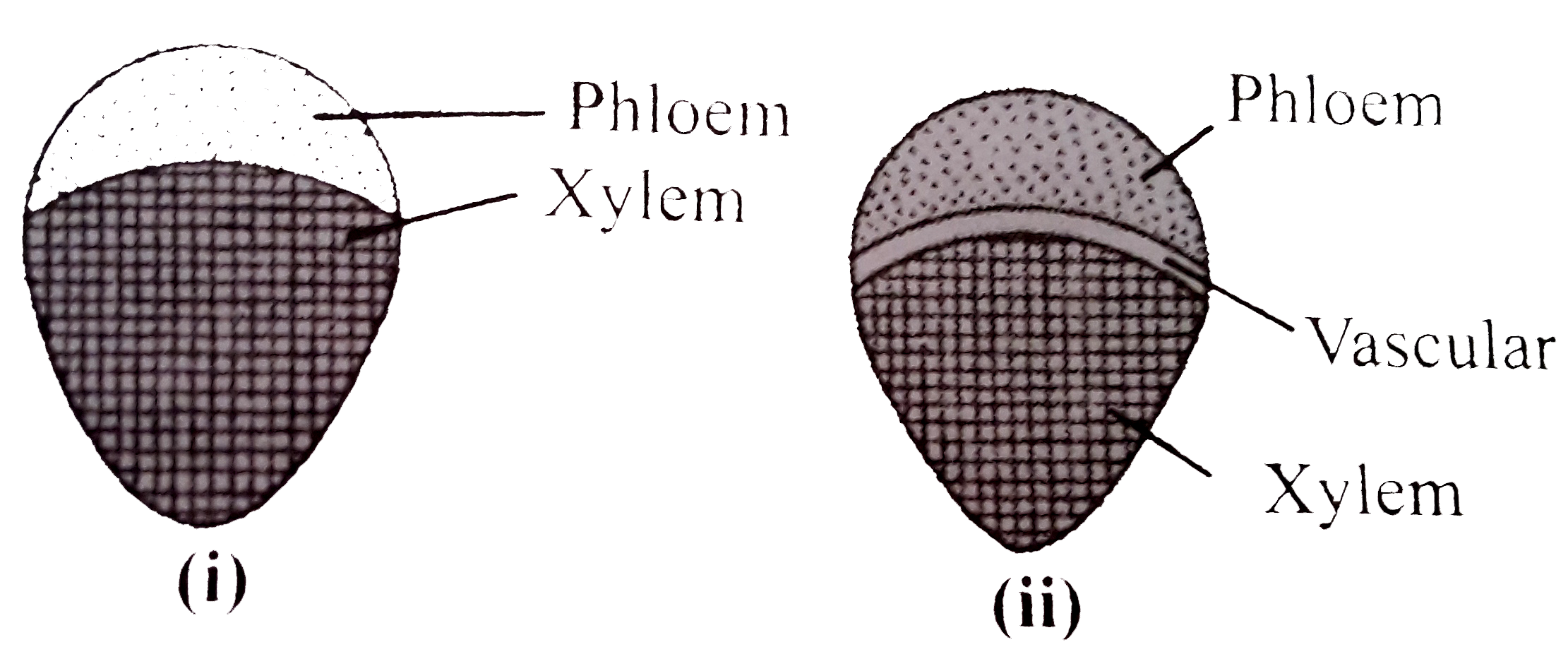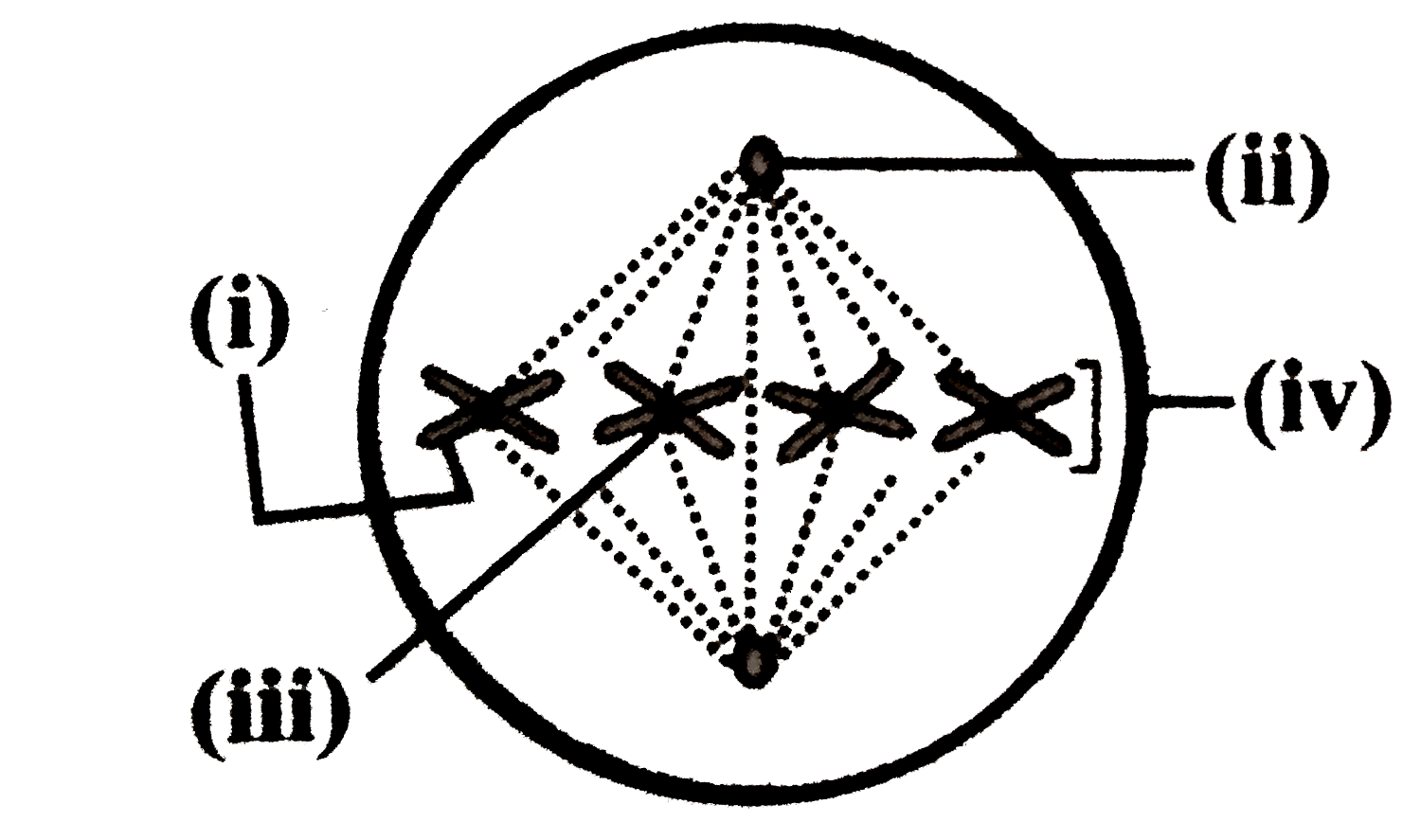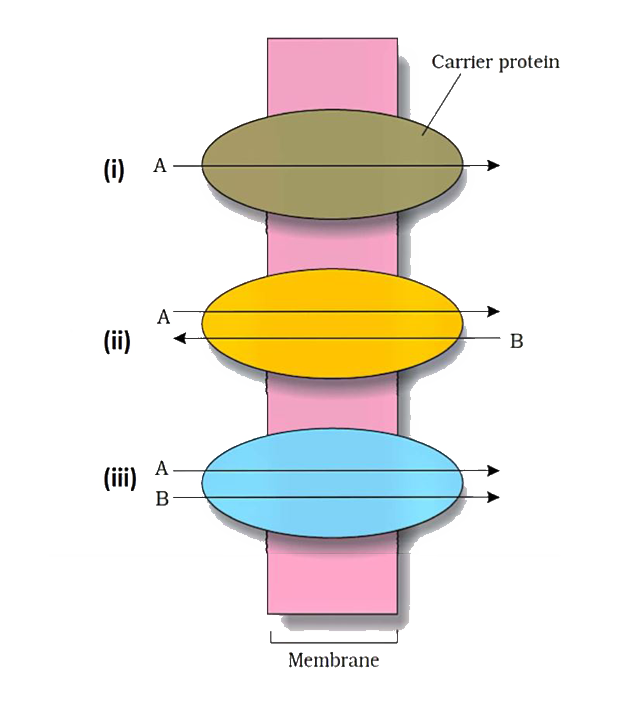Refer to the given table. If '+' sign has been assigned for beneficial interaction, '-' sign for detrimental interaction and '0' for neutral interaction, identify the type of interaction (i),(ii) and (iii) and select the correct option.
SpeciesSpecies BType of interaction−−(i)+−(ii)+0(iii)
(i)(ii)(iii).PredationParasitismAmensalism
(i)(ii)(iii).CompetitionPredationCommensalism
(i)(ii)(iii).CompetitionParasitismCommensalism
Both (b) and (c)
The correct Answer is:D
To identify the types of interactions from the given table, we need to analyze the signs assigned to each interaction:
1. Interaction (i): The table shows a '-' sign for both species A and species B. This indicates that both species are negatively impacted by their interaction. This type of interaction is known as competition, where both species compete for limited resources, leading to a detrimental effect on both.
2. Interaction (ii): The table shows a '+' sign for one species and a '-' sign for the other. This indicates that one species benefits while the other is harmed. This type of interaction is known as parasitism, where the parasite benefits at the expense of the host.
3. Interaction (iii): The table shows a '+' sign for one species and a '0' sign for the other. This indicates that one species benefits while the other is neither helped nor harmed. This type of interaction is known as commensalism, where one species benefits and the other is unaffected.
Based on this analysis, we can summarize the interactions as follows:
- (i) Competition
- (ii) Parasitism
- (iii) Commensalism
Thus, the correct option is D, as it accurately describes the types of interactions identified.
- (i) Competition
- (ii) Parasitism
- (iii) Commensalism
Topper's Solved these Questions
- BOOK - NCERT FINGERTPS ENGLISHCHAPTER - ORGANISMS AND POPULATIONEXERCISE - HOTS5videos
ORGANISMS AND POPULATION
- BOOK - NCERT FINGERTPS ENGLISHCHAPTER - ORGANISMS AND POPULATIONEXERCISE - NCERT20videos
ORGANISMS AND POPULATION
- BOOK - NCERT FINGERTPS ENGLISHCHAPTER - MOLECULAR BASIS OF INHERITANCEEXERCISE - Molecular Basis Of Inheritance151videos
MOLECULAR BASIS OF INHERITANCE
- BOOK - NCERT FINGERTPS ENGLISHCHAPTER - PRACTICE PAPERSEXERCISE - Practice paper150videos
PRACTICE PAPERS
Similar Questions
Assigning a '+' sign for beneficial interaction, '-' sign for detrimental and '0' for neutral interaction, outcomes of competition can be represented as:
View SolutionAssigning a '+' sign for beneficial interaction, '-' sign for detrimental and '0' for neutral interaction, outcomes of competition can be represented as:
View Solution
Knowledge Check
- Question 1 - Select One

Identify the types of vascular bundle in the figures (i) and (ii) and select the correct optionAColumn IColumn IIConjoint collateralConjoint bicollateralBColumn IColumn IIConjoint bicollateralConjoint collateralCColumn IColumn IIConjoint collateral closedConjoint bicollateral openDColumn IColumn IIConjoint collateral openConjoint bicollateral closed
If '+' sign is assigned to benefited interaction '-' sign to detrimental and '0' sign to neutral interaction, then the population interaction represented by '+' '-' refers to:
View SolutionIdentify the structure indicated by labels (i),(ii),(iii) and (iv) and select the correct option.
 View Solution
View SolutionIdentify the type of transport labelled (i), (ii) and (iii) in the diagram given below:
 View Solution
View SolutionMatch the column I,II,and III .Select the correct option :
 View Solution
View SolutionMatch List I ( Equations) with List II (Type of processes) and select the correct option.

(a) a ( i ) , b ( i i ) , c ( i i i ) , d ( i v )
(b) a ( i i i ) , b ( i v ) , c ( i i ) , d ( i )
(c) a ( i v ) , b ( i ) , c ( i i ) , d ( i i i )
(d) a ( i i ) , b ( i ) , c ( i v ) , d ( i i i )View SolutionName the particle responsible for (i) electromagnetic interaction and (ii) gravitational interaction.
View SolutionIdentify the correct option in column I, II and III
 View Solution
View Solution

